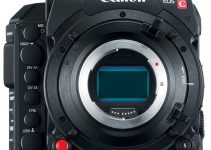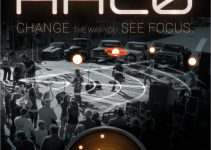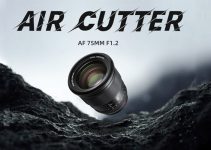After a decent wait, Sony added the S-Cinetone profile to the a7S III via a firmware update. If you still aren’t quite sure what this does, S-Cinetone is designed to better match the film-like look and skin tones of advanced cinema cameras. Specifically, it targets the s709 profile of the VENICE. It’s also closer to a “finished” look than a log profile, like S-Log3, that requires grading to use it at all.
It’s not like there aren’t some costs to use this profile over S-Log3. Technically, log profiles will squeeze out a bit more dynamic range and there may be plenty of ways to get S-Log3 colors to where you want them. If you want to see a detailed comparison of the two there is a great one by Harv Video/Audio Stuff.
Getting into the technical aspects. S-Cinetone is a gamma and color mode combination – located by default as PP11 on the a7S III. It has a linear curve, meaning it should be exposed properly to protect the highlights. It has higher contrast in the shadows and lower contrast in the highlights. Sony also prioritized skin tones.
Starting with skin tones in the comparison, S-Cinetone looks great. You do need to mind exposure. Under and you’ll get a more saturated look and over and you’ll get less saturated colors. It does look good through all the exposures.
S-Log3 with a basic LUT can look quite nice as well. Compared side-by-side, S-Cinetone appears a bit more natural-looking, but S-Log3 can look nice.
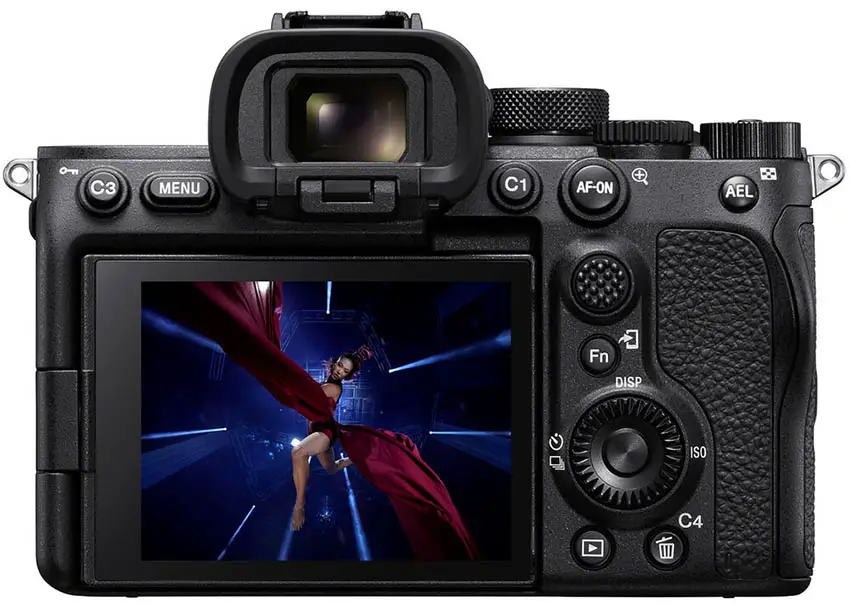
Image Credit: Sony
Moving to a basic daylight shot with trees and some landscape. S-Cinetone comes off a little flat and maybe with a tinge of magenta compared to S-Log3 with a proper LUT. Now, I do believe a bit of tweaking of the S-Cinetone will look quite nice if not the same. S-Cinetone is neutral and a neutral LUT on S-Log3 brings them very close.
Going with color cards you can see how punchy and contrasty S-Cinetone is out of the box. S-Log3 with a similar LUT provides a bit more saturation and pop. They actually match up incredibly well when some tweaks were made to the S-Log3 footage.
Dynamic range is a more specific comparison where we have some numbers to back it up. S-Log3 should have better dynamic range. In a quick backlit test, S-Cinetone when exposed for the subject will lose highlights. S-Log3 on the other hand retains a lot more information in the shadows while keeping the highlights. Unsurprisingly, if it is an extreme dynamic range situation you’ll want to stick with S-Log3.
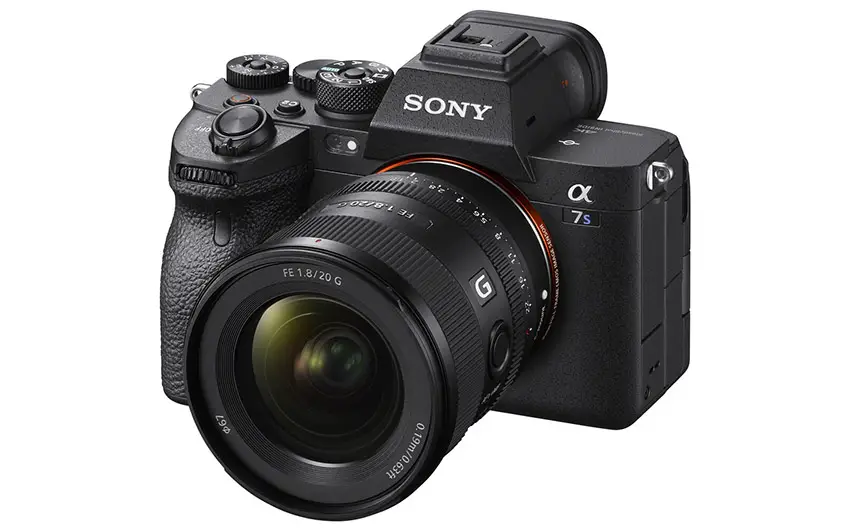
Image Credit: Sony
At the end, Harv wants to see what you can do with some tweaks to S-Cinetone. The main point is that you shouldn’t be doing all that much to the footage and that in a pinch you can just go straight out with the footage without touching it at all.
If you are planning on using S-Cinetone, here’s a guide on how to expose it properly.
What’s your take? I personally appreciate having a better profile for quick edits compared to an S-Log3 workflow. That doesn’t mean I won’t use S-Log3, but it’ll be more purposeful.
[source: Harv Video/Audio Stuff]
Order Links:
Disclaimer: As an Amazon Associate partner and participant in B&H and Adorama Affiliate programmes, we earn a small comission from each purchase made through the affiliate links listed above at no additional cost to you.
Claim your copy of DAVINCI RESOLVE - SIMPLIFIED COURSE with 50% off! Get Instant Access!



